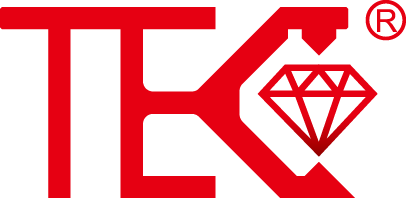Long-LastingMagnetostrictiveLiquidLevelSensorsforIndustrialUse
Precision Measurement Technology for Modern Industry
Magnetostrictive liquid level sensors represent the pinnacle of precision measurement technology in industrial settings. These advanced instruments utilize magnetostrictive principles to deliver exceptional accuracy in liquid level monitoring across various industrial applications. The technology operates through the interaction between a magnetic float and a magnetostrictive waveguide, generating precise position data with resolution capabilities reaching up to 0.1 millimeters. This level of precision makes them indispensable for industries requiring exact liquid level control, including chemical processing, petroleum refining, and pharmaceutical manufacturing where measurement accuracy directly impacts product quality and process efficiency.
Superior Durability in Harsh Environments
Engineered for longevity, these sensors demonstrate remarkable resilience in challenging industrial conditions. The construction typically involves high-grade stainless steel housings and specialized materials that resist corrosion, extreme temperatures, and chemical exposure. Unlike conventional level sensors that may deteriorate rapidly in aggressive environments, magnetostrictive sensors maintain their calibration and performance characteristics over extended operational periods. This inherent durability translates to reduced replacement frequency and lower total cost of ownership, making them particularly valuable for applications in offshore platforms, chemical plants, and wastewater treatment facilities where equipment reliability is paramount.
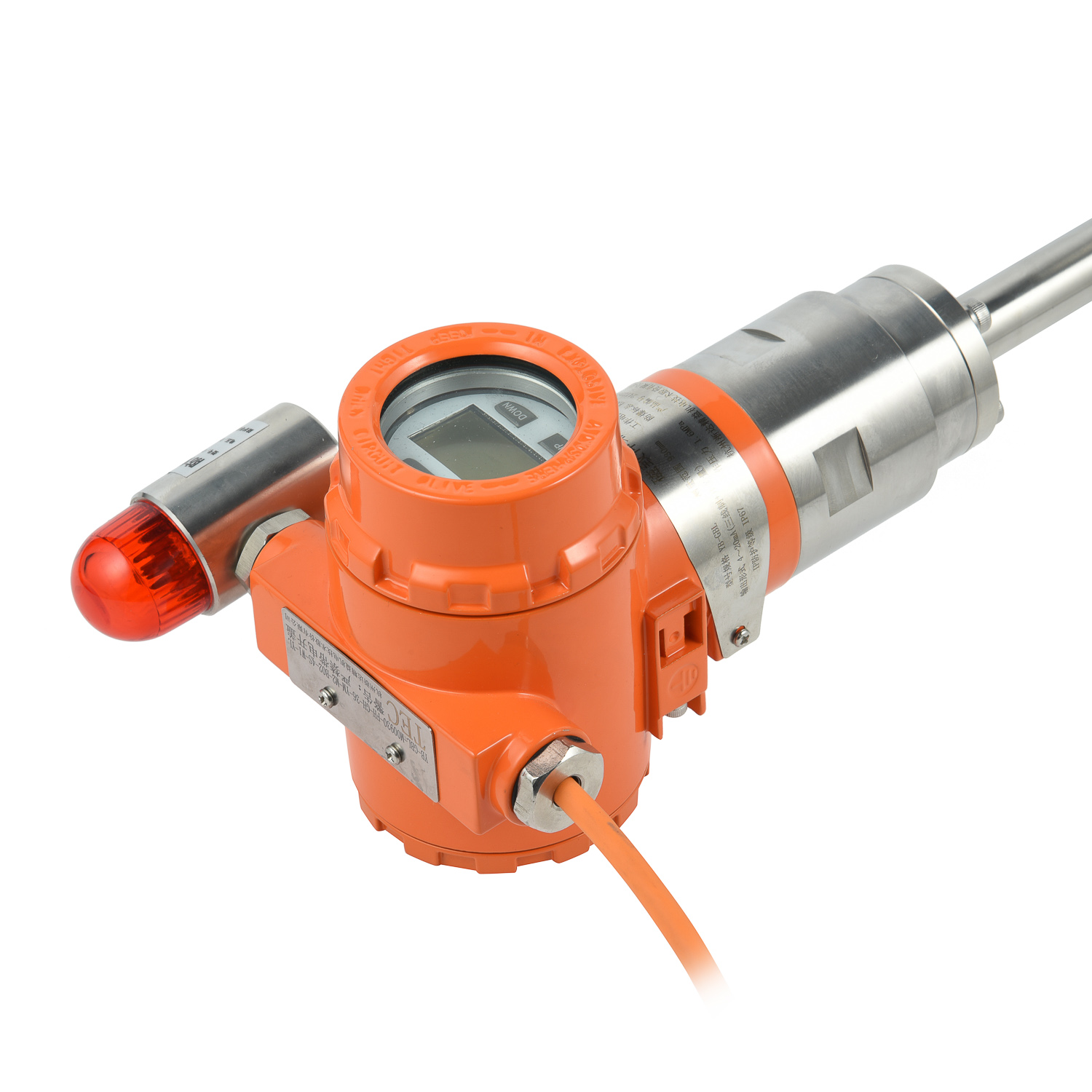
Advanced Operational Principles and Design
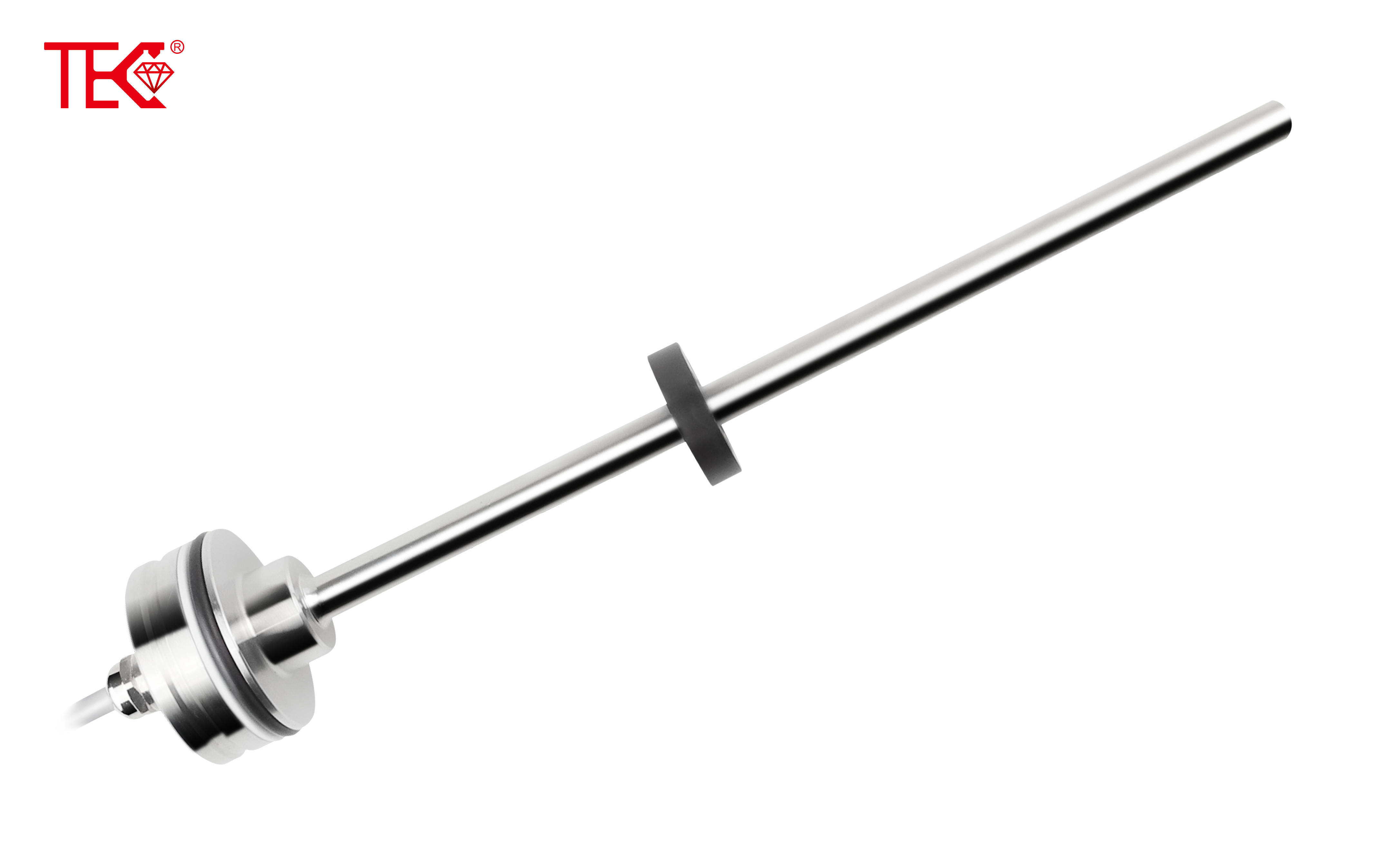
The operational foundation of magnetostrictive level sensors lies in the precise measurement of torsional stress waves along a magnetostrictive wire. When a current pulse interacts with the magnetic field from a float-mounted permanent magnet, it generates a mechanical wave that travels along the waveguide. Sophisticated electronics measure the time interval between pulse transmission and wave detection to calculate exact liquid levels with exceptional repeatability. This non-contact measurement methodology eliminates mechanical wear components, ensuring consistent performance without the degradation common in mechanical float systems or the calibration drift associated with other technologies.
Comprehensive Industrial Application Spectrum
These versatile sensors find applications across numerous industrial sectors, providing reliable level measurement in storage tanks, process vessels, and mobile equipment. In the oil and gas industry, they monitor separator interfaces and tank inventories with unparalleled accuracy. Chemical manufacturers utilize them for precise batching and inventory management of aggressive chemicals. Food and beverage producers benefit from their hygienic design and accurate level control in mixing vessels and storage silos. The technology's adaptability extends to power generation, marine applications, and pharmaceutical production, demonstrating its universal utility in diverse operational environments.
Maintenance Advantages and Operational Efficiency
The maintenance profile of magnetostrictive liquid level sensors significantly outperforms alternative measurement technologies. With no moving parts in direct contact with the measured medium and robust electronic components, these sensors require minimal routine maintenance beyond periodic verification. The non-intrusive design eliminates common failure points associated with mechanical wear, while advanced diagnostics provide early warning of potential issues. This reliability reduces unplanned downtime and maintenance costs, while the long service life—often exceeding a decade in continuous operation—ensures consistent performance without frequent recalibration or component replacement.
Integration with Modern Control Systems
Contemporary magnetostrictive sensors feature sophisticated communication capabilities that facilitate seamless integration with industrial automation systems. Standard output signals including 4-20mA analog, HART protocol, and various fieldbus interfaces enable straightforward connection to distributed control systems and programmable logic controllers. Advanced models incorporate digital interfaces and self-diagnostic functions that communicate operational status and measurement integrity, supporting predictive maintenance strategies and enhancing overall system reliability. This connectivity allows for real-time monitoring and control integration, making them ideal components in Industry 4.0 applications and smart factory environments.
Performance Comparison with Alternative Technologies
When evaluated against competing level measurement technologies, magnetostrictive sensors demonstrate distinct advantages in accuracy, reliability, and longevity. Unlike ultrasonic sensors that struggle with vapor spaces and foam, or radar units requiring complex configuration, magnetostrictive technology provides consistent performance regardless of process conditions. They outperform hydrostatic sensors by eliminating density compensation requirements and surpass float switches through continuous measurement capability. The technology's immunity to coating buildup, pressure variations, and temperature fluctuations establishes it as the preferred solution for critical applications where measurement reliability cannot be compromised.
Future Developments and Technological Advancements
The evolution of magnetostrictive level sensing continues with innovations focusing on enhanced materials, improved signal processing, and expanded functionality. Emerging developments include multi-variable sensors that simultaneously measure level, temperature, and density, while next-generation electronics offer improved resolution and faster response times. Wireless connectivity options and enhanced diagnostic capabilities represent the forefront of sensor technology, providing greater operational insight and integration flexibility. These advancements ensure that magnetostrictive level sensors will maintain their position as leading measurement solutions for industrial applications, continually pushing the boundaries of performance and reliability in liquid level monitoring.
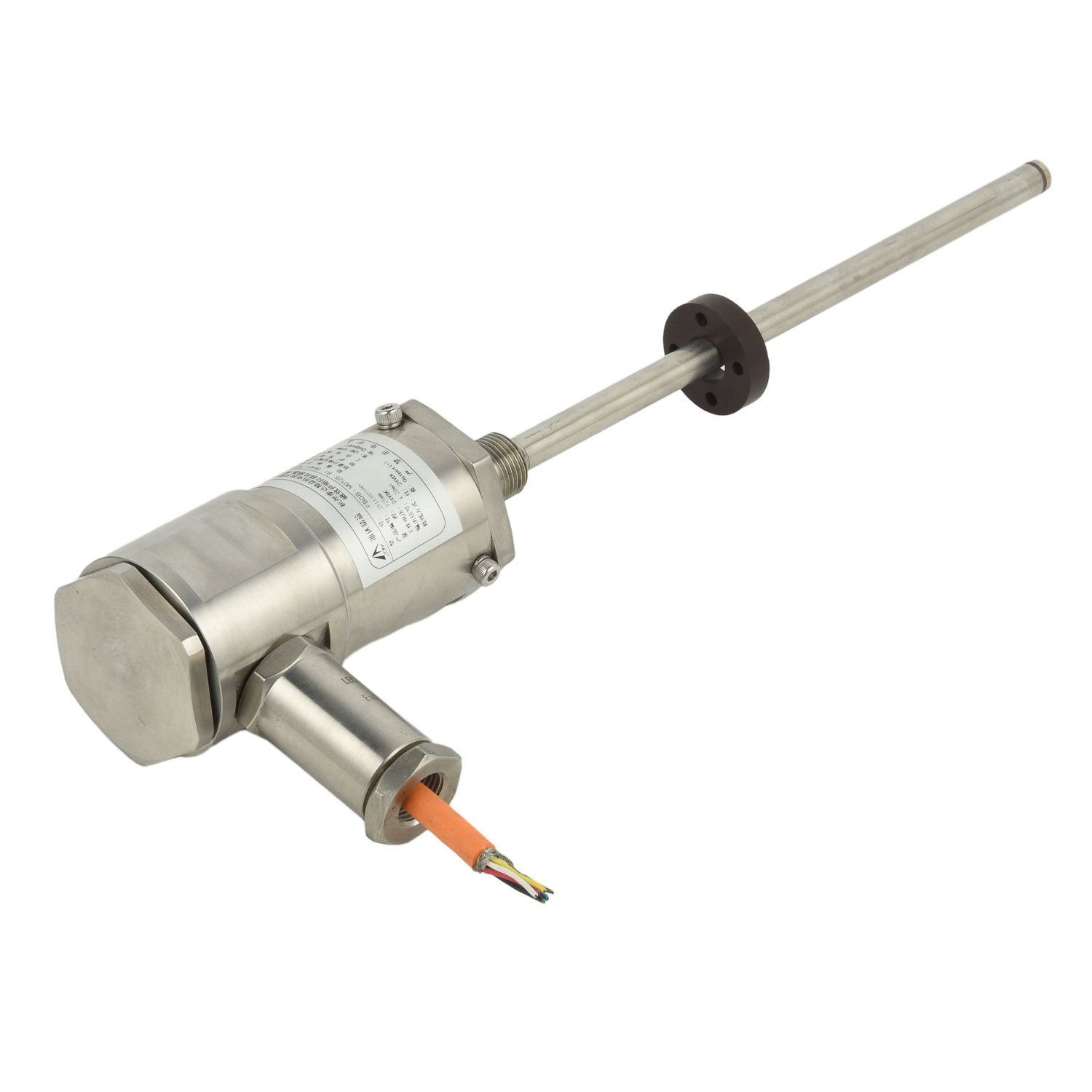 UpgradingYourLevelMeasurementS
UpgradingYourLevelMeasurementS
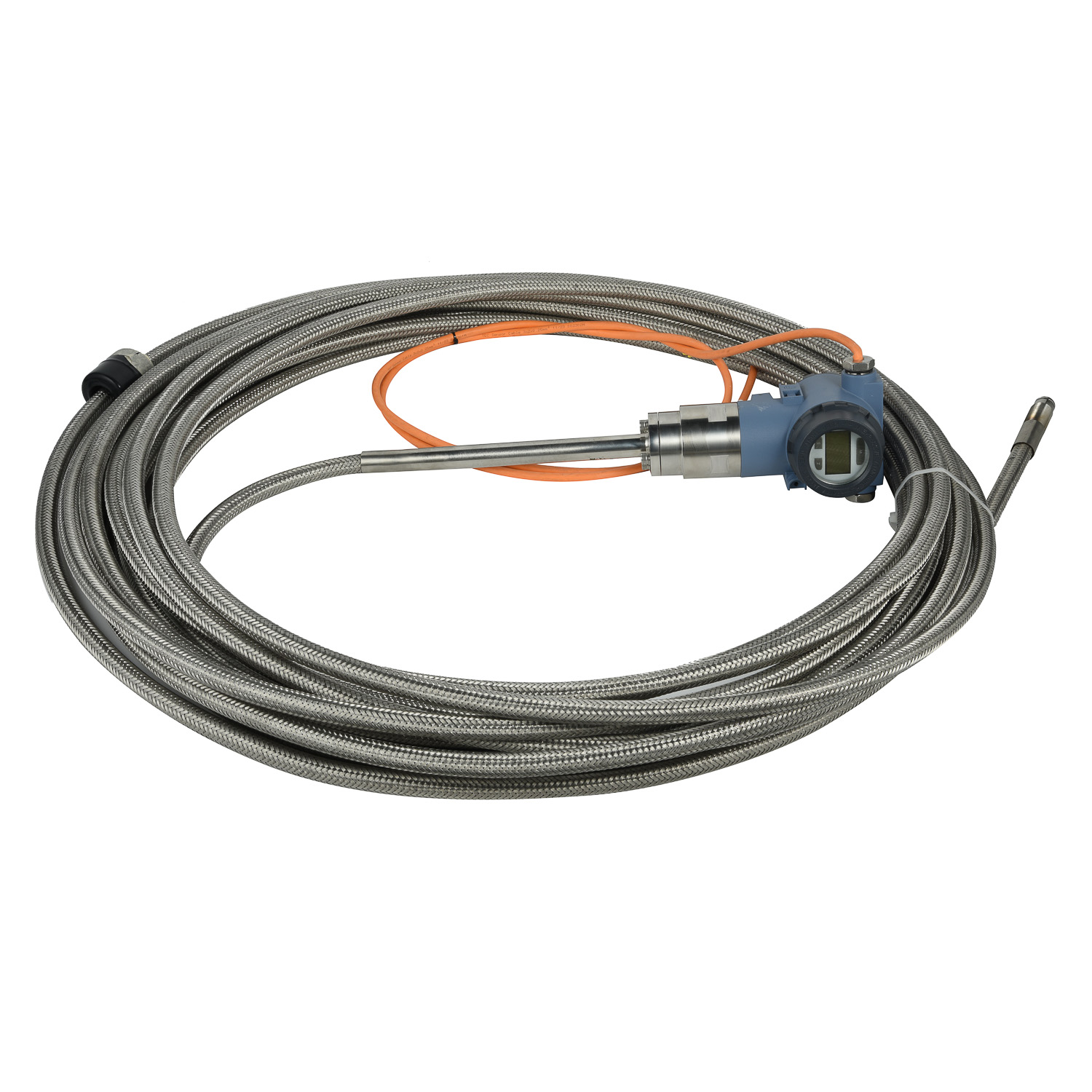 Why are magnetostrictive level
Why are magnetostrictive level
 ComparingMagnetostrictiveandRa
ComparingMagnetostrictiveandRa
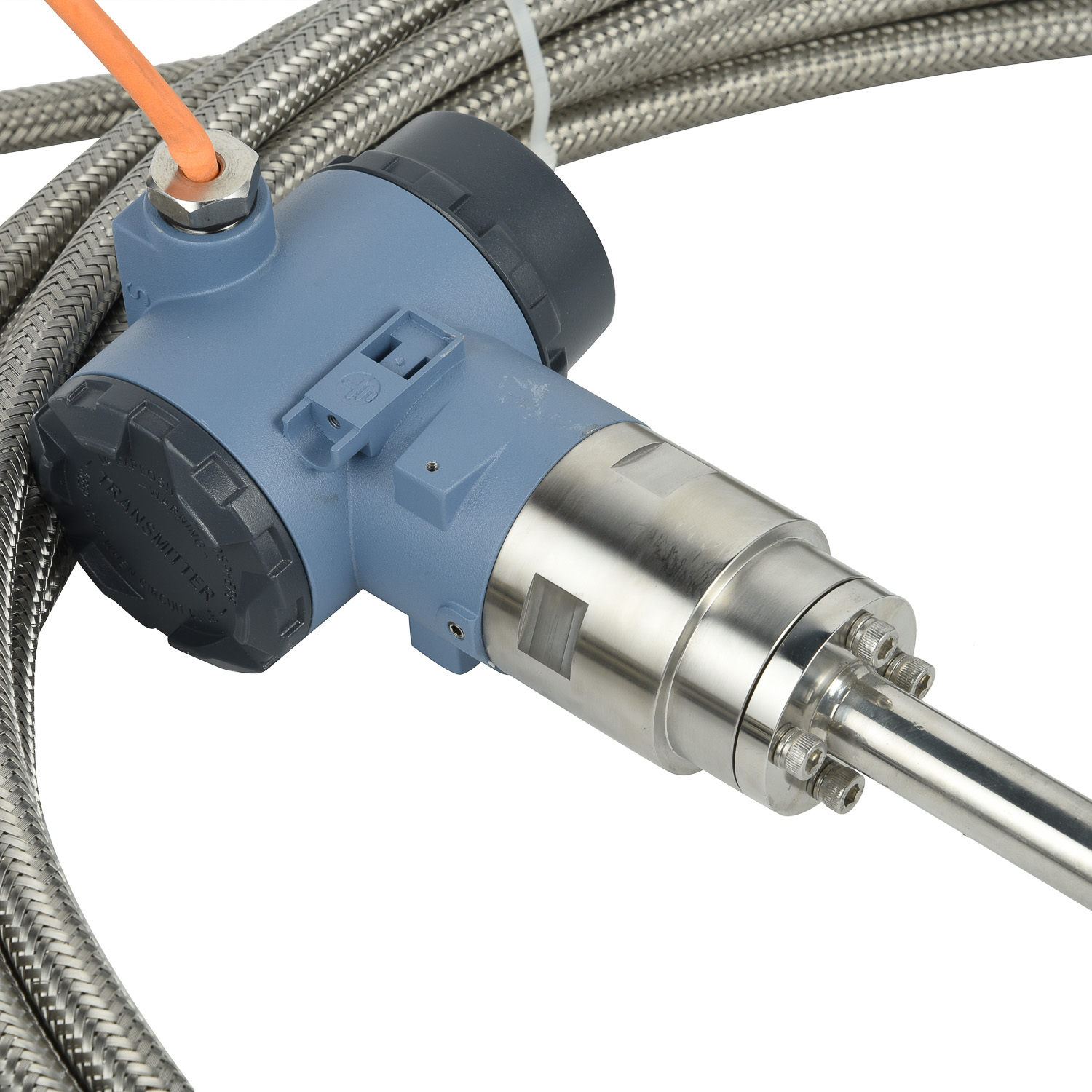 MagnetostrictiveLevelSensorfor
MagnetostrictiveLevelSensorfor
